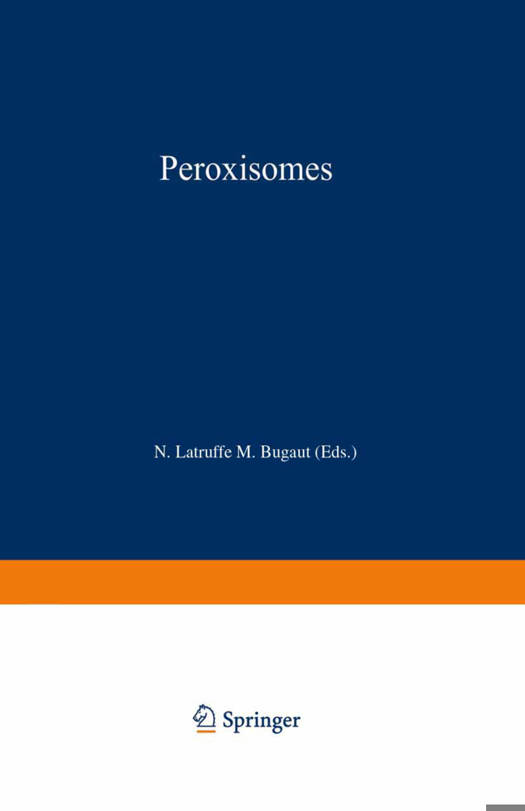
- Afhalen na 1 uur in een winkel met voorraad
- Gratis thuislevering in België vanaf € 30
- Ruim aanbod met 7 miljoen producten
- Afhalen na 1 uur in een winkel met voorraad
- Gratis thuislevering in België vanaf € 30
- Ruim aanbod met 7 miljoen producten
Zoeken
Omschrijving
Peroxisomes - or microbodies - are organelles present in nearly all cells. Interest stems not only from their various biological and cell physiological roles but also because several genetic diseases are known with deficient peroxisomal functions. In response to several drugs or pesticides, peroxisomes start to proliferate. Due to this property they may also be used as toxicological indicators. Designed for use at the lab bench, this manual is ideal for everyone involved in peroxisome research or concerned with hepatotoxicity testing of new compounds.
Specificaties
Betrokkenen
- Uitgeverij:
Inhoud
- Aantal bladzijden:
- 201
- Taal:
- Engels
- Reeks:
Eigenschappen
- Productcode (EAN):
- 9783642878091
- Verschijningsdatum:
- 13/07/2013
- Uitvoering:
- Paperback
- Formaat:
- Trade paperback (VS)
- Afmetingen:
- 140 mm x 216 mm
- Gewicht:
- 258 g

Alleen bij Standaard Boekhandel
+ 213 punten op je klantenkaart van Standaard Boekhandel
Beoordelingen
We publiceren alleen reviews die voldoen aan de voorwaarden voor reviews. Bekijk onze voorwaarden voor reviews.










